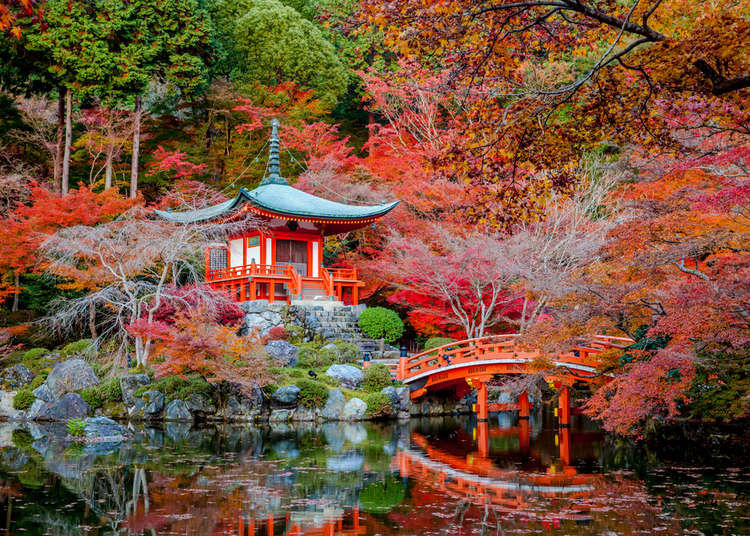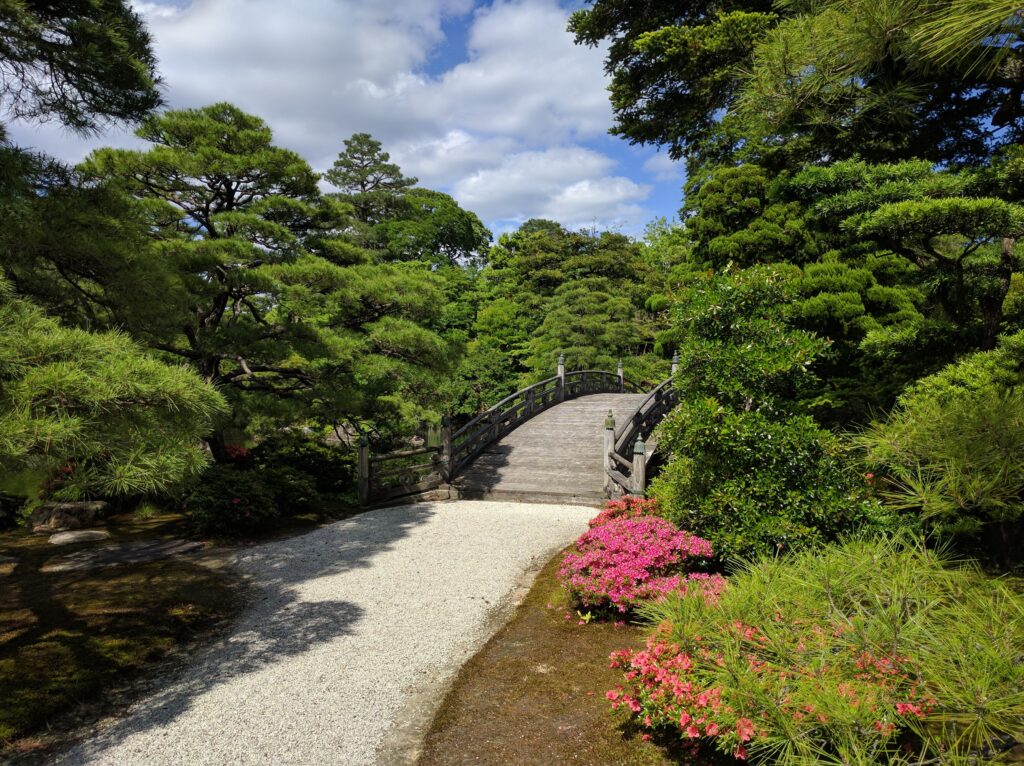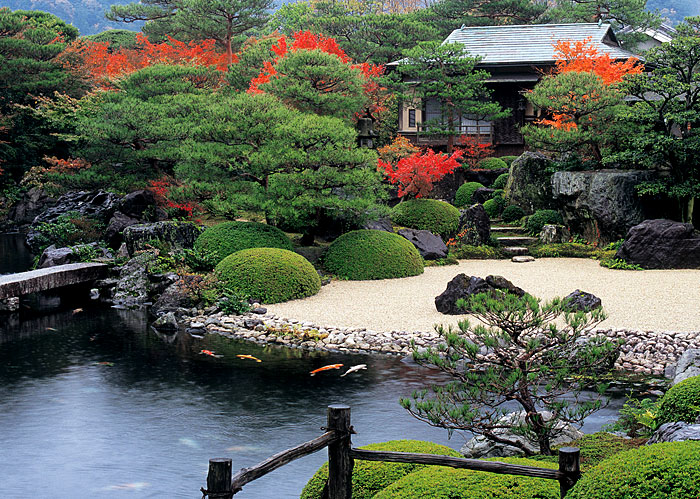Japanese gardens are part of Japan’s history and culture. These meticulously designed and maintained gardens represent more than just a garden to the Japanese beliefs.

There is a specific flow combined with various elements and colors to create a real Japanese garden. Usually, they will have a gate or two, a fence, a shelter, some steppingstones, a bridge, a water feature, and a variety of trees, plants, and moss.
The elements are carefully selected and placed with intense attention to detail to create the yin and the yang. There are reasons that certain elements are used to produce a true Zen garden that mimics the deep calm of the soul and brings good fortune.

Common Elements Found in Japanese Gardens
- Fences made from wood or bamboo are used to create distinct sceneries, form boundaries and windbreaks, and help emphasize special areas within a garden.
- Gravel, sand, and stones are used to erect bridges and pathways, and decorate ponds and streams. Large stones are said to represent islands or mountains. In dry Japanese gardens, the gravel and sand symbolize water.
- Waterfalls, ponds, and streams are typically the focal point to embody the seas and lakes. The direction of the flow of water is also symbolic where it flows east to west to carry evil away. Koi fish are also sometimes added to waterways to introduce life to the garden.
- Islands can be created from a stone outcrop or even large enough to support a building. Islands represent health and longevity or made to symbolize the sacred mountain of Horai.
- Bridges are very common and used to connect other features such as islands and water points, and they are usually made from stone or wood.
- Vegetation in the form of lawns, shrubs, trees, and moss are planted with precision to emphasize the beauty and wonder of nature. Cherry trees, bamboo, and pine trees are popular choices, which are carefully maintained throughout the year. Moss is also regarded as one of the essential elements for harmony.
- Lanterns are typical features used through Japanese history. Generally, they are made from stone and skillfully placed around islands or next to buildings to provide light and represent the cycle of life.
- Pathways will also be present in a Japanese garden and are constructed using steppingstones, gravel, or sand. The paths will invariably lead to a special feature in the garden and they will also be used to isolate different aspects so that each area is individually contemplated.

Japanese gardens were designed to be viewed from a place of meditation such as a temple or sheltered structure, but they are also intended to be entered and revered from within. These gardens capture the essence of nature and the spiritual connection with the land.
Japanese gardens incorporate natural elements to create a sense of being one with the physical world while transcending the sacred realm.
